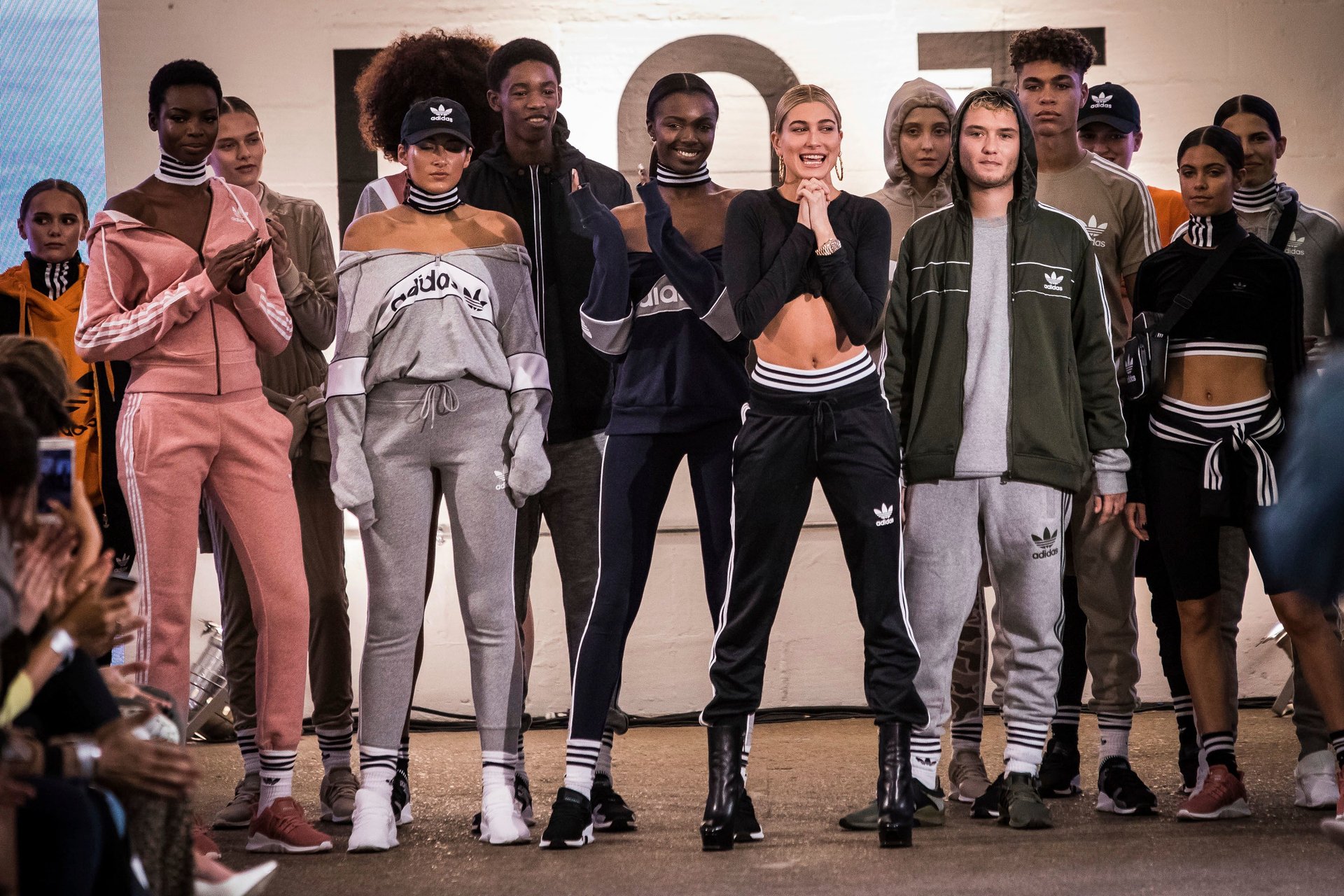Athleisure has overtaken athletics in the sneaker industry
It’s easy to forget while we’re ambling around in our comfortable, fashionable sneakers that the lineage of those shoes in every case leads back to footwear that helped athletes to perform better at their chosen sport.


It’s easy to forget while we’re ambling around in our comfortable, fashionable sneakers that the lineage of those shoes in every case leads back to footwear that helped athletes to perform better at their chosen sport.
Performance footwear has historically been one of the driving forces in the sneaker business. Even if people weren’t necessarily buying the shoes to run races or play in a league, they were still wearing them as fashion. At present, though, performance sneakers are struggling in a way the industry has possibly never seen. As sneakers have grown into the everyday footwear of choice—even in the office—for millions of Americans, performance shoes have been pushed aside by styles that co-opt their looks and comfort but shed their athletic intent.
“I’ve been doing research in the business for almost 20 years, and we’ve always had at least one performance category that was trending positively as a fashion trend,” says Matt Powell, vice president and sports industry analyst of NPD Group, a market research firm. “Now we’re in a period where there’s not a single performance category—not running, not basketball, not training, not even hiking—that is trending positively. All of the growth we are getting out of the industry is coming from what we would call sport lifestyle or sport leisure footwear.”
According to a Feb. 6 report from NPD, sport leisure has now surpassed performance to become the largest category in the US sneaker market. In 2016, they were roughly even at about $8.2 billion. But while performance has been on the decline, sport-inspired sneakers, intended as much—or more—for casual use as any athletic purpose, have grown. In 2017, sales of performance shoes dropped 10% to $7.4 billion, while sales of sport leisure sneakers grew 17%, reaching $9.6 billion.
Today, athletic shoes have really just become shoes at this point. “Dress shoes are a difficult classification. It’s all about the sneaker,” Danny Marsh, owner of California shop Sy Devore, told Footwear News in its recent story about sneakers fueling men’s footwear sales. Incidentally, Devore, the store’s founder and namesake, was known as the man who dressed Frank Sinatra, Sammy Davis Jr., and the rest of the Rat Pack—but definitely not in sneakers back in those days.
People have long worn sneakers for reasons other than playing sports. Still, the shift, Powell says, “is historic.” In the consumer panels NPD conducts, fewer and fewer people say they’re buying sneakers for athletic reasons, while the reason growing quickest is casual use.
Some brands have capitalized better than others. While Nike is by far still the king of the US sneaker market, Adidas has made significant gains in the US by delivering the fashionable, athletic-inspired shoes shoppers want. Nike has a deep roster of these styles, but its newer shoes, such as the Epic React Flyknit, still emphasize performance.
Powell attributes the shift in the marketplace to the rise of athleisure, where athletic clothing has been repurposed as everyday wear. It’s a recent and notably pronounced phase in the century-long process underway that has seen sports clothing taking over our closets. The line between what is and isn’t for athletic use continues to blur.